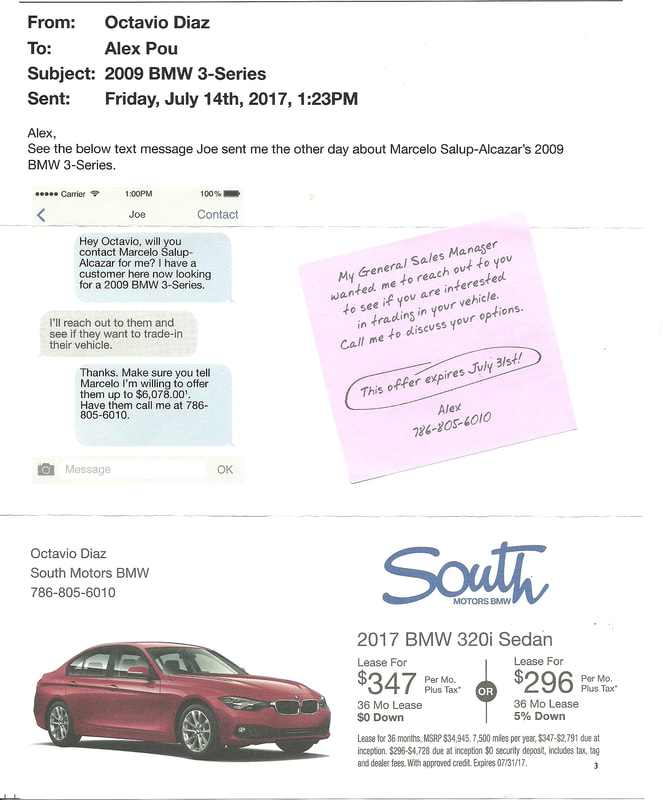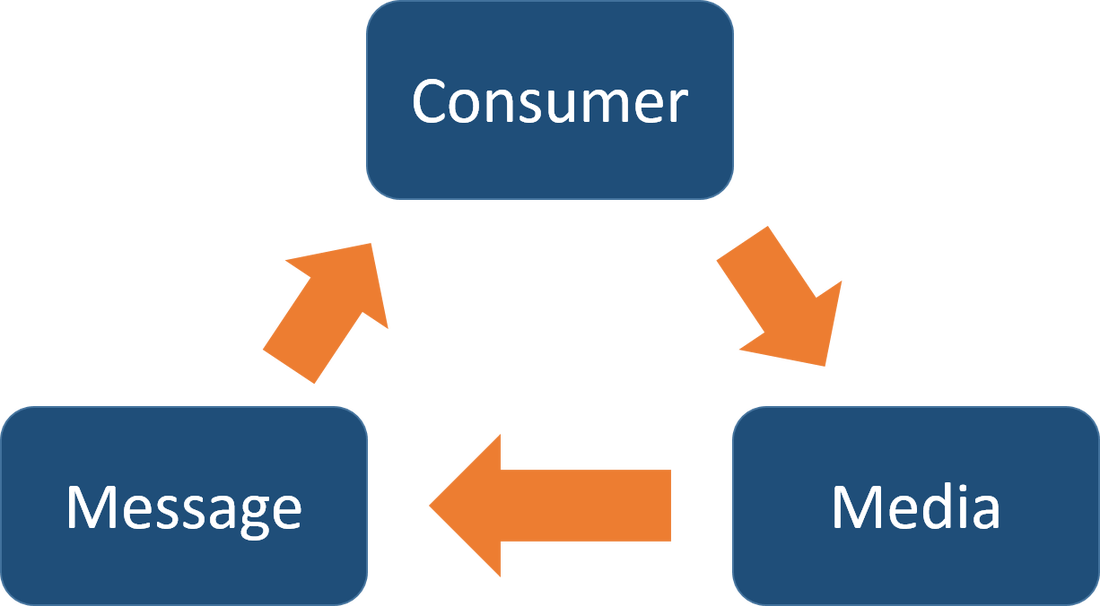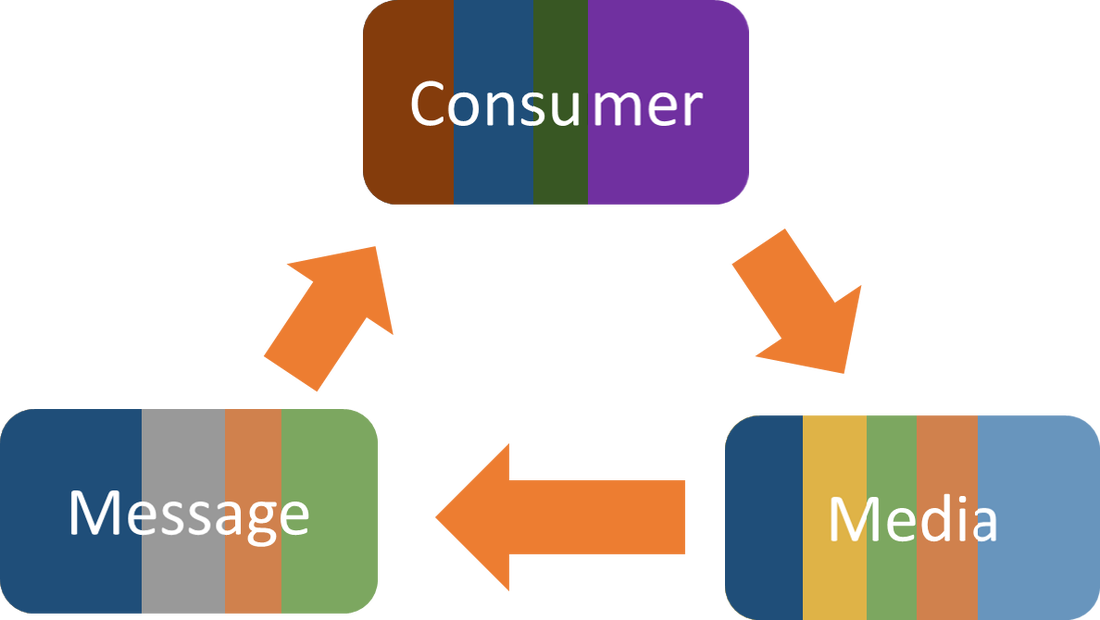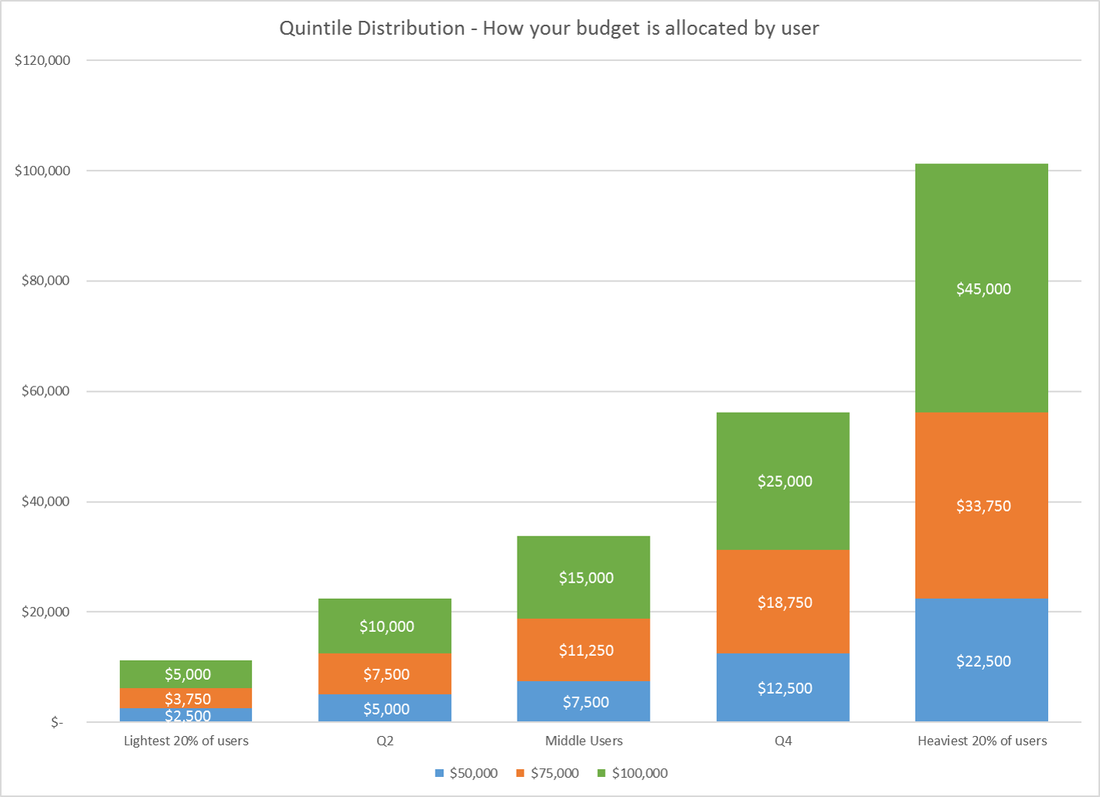0 Comments
 I did my thesis on “Brainwashing, attitude change and its relation to advertising”. It was controversial among my peers (“what do you mean advertising is not brainwashing?”), among the tribunal members (“what do you mean it is attitudes and not ‘motivation’ that is important?”) and among my coworkers, who believed that the key to coming up with great creative was to sit and write headlines until one “clicked” and were opposed to this “intellectual crap” invading the sanctum of the creative department. My greatest discovery was the entire theory of Cognitive Dissonance. From Wikipedia: In psychology, cognitive dissonance is the mental stress or discomfort experienced by an individual who holds two or more contradictory beliefs, ideas, or values at the same time; performs an action that is contradictory to one or more beliefs, ideas, or values; or is confronted by new information that conflicts with existing beliefs, ideas, or values. Leon Festinger's theory of cognitive dissonance focuses on how humans strive for internal consistency. An individual who experiences inconsistency (dissonance) tends to become psychologically uncomfortable, and is motivated to try to reduce this dissonance—as well as actively avoid situations and information likely to increase it. Reducing Cognitive Dissonance is key. Cognitive dissonance theory is founded on the assumption that individuals seek consistency between their expectations and their reality. Because of this, people engage in a process called dissonance reduction to bring their cognitions and actions in line with one another. This creation of uniformity allows for a lessening of psychological tension and distress. According to Festinger, dissonance reduction can be achieved in four ways.[1] In an example case where a person has adopted the attitude that they will no longer eat high fat food, but eats a high-fat doughnut, the four methods of reduction are:
Leon & The Donald One of the most frustrating aspects when speaking with Trump fans is the way that they ignore, rationalize or completely turn around events and actions that would sink other presidential candidates. The press is full examples, but imagine what would happen if any “normal” candidate had a nude wife pictures all over the internet, five kids from three wives, refused to release his tax returns, invited Russia to spy on us, called 11 million Mexicans rapists and drug dealers, called a war-hero Republican ex-presidential candidate a failure because he was captured, called a judge useless because of his Mexican descend, had over 3,500 lawsuits and insulted the parents of a soldier who just died in an American war. When other Republican leaders (e.g., Mitt Romney) attack Trump, their messages fall flat. When traditional media (e.g., The New York Times) attack Trump, their messages also fall flat. Those sources have no credibility whatsoever among Trump followers. So, depending on the person you are talking with and the specific event or action addressed you can see each of the four actions described above in practice. The Trojan Horse Approach. There is only one way to deal with the thick defensive shields that most Trump followers have built around these dissonances. The Trojan Horse approach: present a message that is totally accepted initially and passes through the psychological filters, delivers such a contradictory ending that it forces the viewer to move his point of view (it can be done and it is described in the theory itself) and then destroy the original position so that there is no “going back”. Finally, the message has to be delivered with the language and imagery that resonates with the target person, not some corporate or agency generic “persona”, so individualization and customization are basic. For example…
The mechanism in all of these pieces is similar:
Streetfighting 101 – Relentlessly painful. There are two rules to streetfighting: First, hit and hit and hit continuously, do not give the other person the chance to react and second, make sure that the other person can’t get up. If I were consulting for the DNC I would make sure to have –literally—hundreds of pieces, from :30 and :60 commercials, to longer videos, a YouTube Channel, Facebook, Twitter, other blogs… everything lined up and then I would unleash barrage after barrage of these messages continuously. I would not worry about targeting. Another of the key findings of Dissonance theory is that people tend to be exposed to the kind of messaging that reduces tension, that is, the one that they agree with. So, for example, are you worried about jobs… you will tend to watch the ads about jobs while excluding, say, the ones about the military. In unleashing a barrage, you also make sure of two things:
Why ads ridiculing Trump will probably not work. Let’s say that (for some unknown reason) you are an avid follower of the Futbol Club Barcelona. If I started ridiculing them after a loss, your reaction would be either to become angry and defensive (well… they lost because of this, because of that…) or completely tune it out. Why? Because in ridiculing them, I’m also ridiculing you. If I wanted you to change positions on the FCB, an easier way would be to find out a chink in the armor, something that you think was pretty bad (perhaps a player, perhaps something that the trainer did) and then join forces with you to ridicule THAT. In doing so, it is “you” and “I” together ridiculing a third party. In real life, you would not ridicule Trump for having a 3rd and much younger wife. You’d find common ground with some of the more conservative voters who might agree that Trump is being dumb because a younger “Russian” would only marry him for his money (whether that is true or not and whether she is “Russian” or not) In summary:
Yeah, baby, Trump's got your back!
Originally published in Latin Business Today: http://ow.ly/1IPN302C5K9I am sitting in this meeting. The guy at the front drones on and on about the latest and the bestest tool in the toolbox. I am thinking “if he says ‘push the envelope’ or ‘out of the box’, I’m leaving” Naturally, the next phrase out of his mouth is “and we are very happy to bring this tool that will allow you to push the envelope and think out of the box” I try to leave. My hands are glued to the table and my feet are tied to the chair. Familiar Nightmare? I have been a fan of the music industry since my 20’s, when I was a rock & roll photographer for a music magazine. One of the key success factors for a successful piece is the mixer or, as we call them, the producer. Have you ever seen a record being produced? The producer sits at a huge table full of sliders and knobs. The sliders address the individual mikes and break down the instruments by their sound spectrum (low to high) and the knobs adjust the volume given to each one. By mixing all the different sounds, a producer then crafts the track. It is not a simple thing. The going rates for producers are around $30,000 per track according to trade magazines, but a star producer will charge many times that figure. To the point: Planning today needs to move away from this non-sense of “toolboxes” and “tools” and other discrete “things” and realize that your Persuasion Platform must adapt to the fluidity of your consumers. Or, to put it succinctly: Everything moves in a continuum Media Mixers in day to day planning for small and medium-sized businesses Strategic Planning in advertising is not really that complex. There are only three major variables:
When addressed in old-fashioned ways, however, many advertisers over-simplify everything:
Forgetting that, in real life, the cycle is like this: You have several consumer groups, the members of this group consume different media at the same time and for different reasons and no single message will be effective in every situation. A quickie grid Even if you are a small business (say, a 2 person CPA firm) you can still apply the same principles to your advertising with a relatively simple grid: So, a good first step is the simple task of understanding your customer base. Let’s say you are a small CPA firm. Perhaps you wind up with a picture like this:
Obviously each of those groups would need customized messages and would require a quick analysis on your part:
Quintile Distribution and Media Planning An arcane tool –quintile distribution—gives us a roadmap to media planning. A quintile distribution is simple tool: it divides any universe into five equal segments. As a result, we can compare the behaviors of light users, medium users, heavy users, quickly and effectively. Every media follows pretty much the same behavior: 45% or 50% of all the medium is consumed by its heaviest users. 5% is consumed by its lightest users. If you buy more of the same media, you pile up on the same users. So let’s say you buy local cable and let’s consider three levels: $50,000, $75,000 and $100,000. This is how your money would fall: This is not necessarily “good” or “bad”. But certainly, you would want to understand what is happening to your media budget and make decisions.
Your small to medium-sized business mixer As an SMB you have a fairly ample range of choices. They go from networking groups to e-mail, adwords, social media, radio, and print all the way to direct mail, out of home and many others. Strategic planning will help you decide which touchpoint to use and when and how much to invest in it. We do that via a combination of:
Speaking to one person at a time. Fairfax Cone (one of the founders of Foote Cone & Belding) said: Good advertising is written from one person to another. When it is aimed at millions it rarely moves anyone. Dynamic Creative Optimization does give us the option of generating dozens of ads in the web. But, even in more traditionally unwieldy media, good strategic planning will allow you to:
In summary
|
Details
Marcelo Salup✅ 40 years of expertise in all aspects of advertising: consumer insights, creative and media ✅ Extensive national and international experience Archives
September 2021
Categories
|
Services
✅ Project or Fractional CMO
✅ Product Launch ✅ Ad Agency services ✅ Training & Workshops ✅ Retail |
Company
Contact us: Iffective LLC
3191 Grand Avenue #330183 Coconut Grove, FL 33133 +1-305-215-7229 MSalup@IffectiveMarketing.com |
© COPYRIGHT 2022. ALL RIGHTS RESERVED.
All forms, documents and tools are the intellectual property of MS Group LLC & Iffective LLC Read our Privacy Policy here |









 RSS Feed
RSS Feed